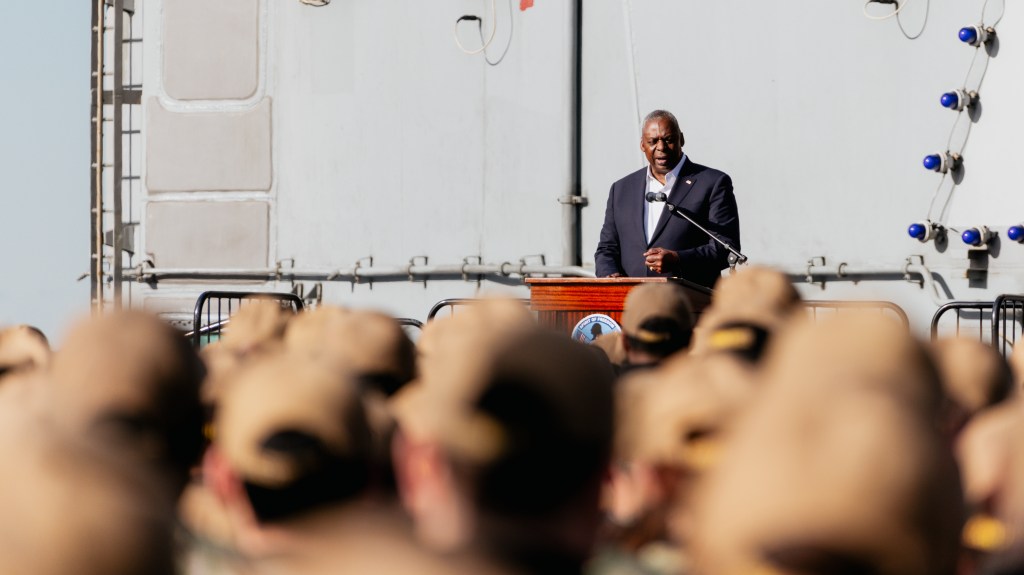China’s military developments are under scrutiny, as satellite imagery and intelligence reports reveal the construction of new amphibious landing barges and advancements in its aircraft carrier program. These developments raise concerns about Beijing’s military capabilities, and intentions in the Taiwan Strait.
Reports indicated that China is building specialized landing barges at a shipyard in southern China. Each barge is equipped with 120-meter-long bridges, capable of supporting heavy equipment, including tanks and bypassing terrain challenges like rocky or soft beaches. Defense analysts said these barges could expand potential landing sites for Chinese forces, challenging Taiwan’s strategy of fortifying a limited number of beaches.
Some experts believe the barges are designed primarily for military use, while others suggest they could serve civilian purposes, such as disaster relief. The timing and design of the vessels, however, highlight their potential military role.
China’s third and most advanced aircraft carrier, the Fujian (CVN-18), returned to port after its sixth sea trial. Observers noted what appeared to be touch-and-go maneuver marks on the flight deck, suggesting early testing of aircraft landing and takeoff capabilities. Full-scale models of J-35 fighter jets and KJ-600 early warning aircraft were present during the trial, indicating progress in the ship’s operational readiness.
The Fujian is China’s first carrier equipped with an electromagnetic aircraft launch system (EMALS), a technology that allows for more efficient launches of lighter and heavier aircraft. The carrier is expected to become fully operational by 2026.
China has not commented on the purpose of the barges or the Fujian’s latest trials. Chinese President Xi Jinping recently reiterated his commitment to Taiwan’s reunification, describing it as inevitable, adding to concerns about Beijing’s long-term intentions.
